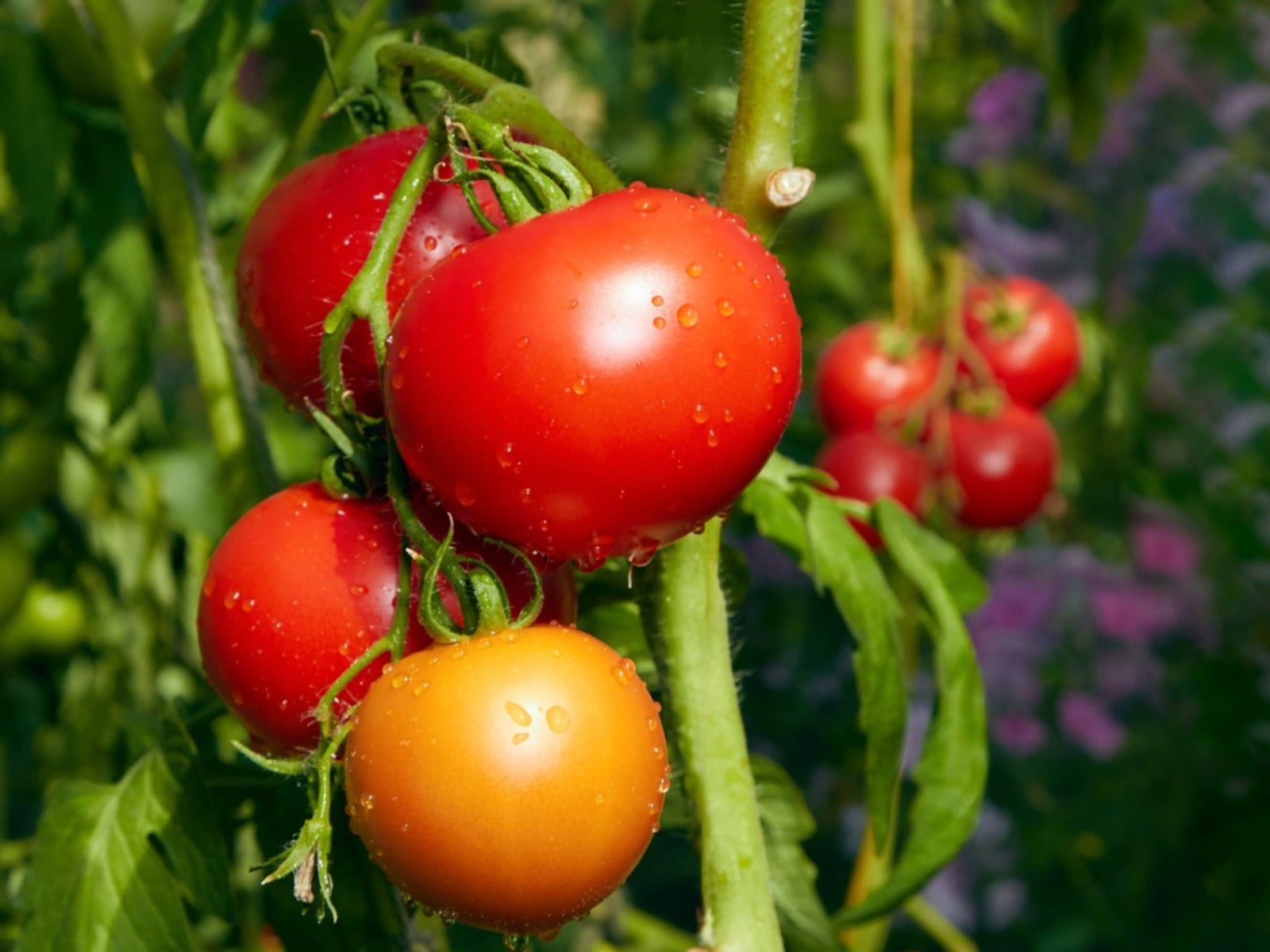What To Do For Tomatoes Affected By Nematodes


Your garden is your sanctuary, but it's also home to some pretty intimidating creatures. Root knot nematodes can be overwhelming to a tomato plant if you're unprepared, so read on and learn everything you need to know to help prevent these pests from becoming serious problems. It takes a lot of work to go from seedling to slicing tomato, but the job gets even tougher when you've got tomatoes affected by nematodes. Tomato root knot nematode is one of the most common tomato problems in the garden, but you can still get great yields if you catch it early and implement a tomato nematode prevention program for future plantings.
Nematodes in Tomatoes
Everybody knows about plant diseases and the bugs that can become serious pests, but fewer gardeners are familiar with plant parasitic nematodes in tomatoes. Unlike other diseases and pests, root knot nematodes survive by feeding directly off of the nutrients pumped through tomato roots. They form galls that can reach up to an inch (2.5 cm.) wide where they hide and reproduce, causing a number of symptoms that point to problems in infected plants' transport systems. Yellowing plants, stunted growth, and general decline are early symptoms, but unless your bed is heavily infected with nematodes, a large tomato planting will only show these symptoms in relatively few plants. They typically appear in soils where tomatoes and other root knot nematode host plants have been grown in the last three to five years, and populations increase the longer an area is used.
Tomato Nematode Prevention
If you suspect your tomato plants have nematodes, start by digging up a particularly weak plant. Roots that have a lot of unusual knobby growths are infected with these parasites. You can choose to pull those plants right away or attempt to limp them through the rest of the season. With great care and supplemental water and fertilizer, you can still harvest plenty of tomatoes from a lightly infested plant, and even a serious infestation may yield some fruit if the nematodes attacked late in the plant's life cycle. Once your harvest is complete, you'll have to decide what to do about the infected bed. Crop rotation is a popular cure for many plant diseases, but because root knot nematode is so flexible, you may not find a vegetable you'd like to grow that isn't troubled by it. Many gardeners choose to rotate with French marigolds planted no more than 7 inches (18 cm.) apart across the bed. If you decide to go this way, keep in mind that nematodes will still try to feed on grass and weeds, so it's important to keep everything but the marigolds out of the bed. You can turn the marigolds under after two months and replant with tomatoes if you'd like. Other options include adding valuable organic matter that helps support your tomatoes, using soil solarization to kill the nematodes with heat, or fallowing the garden and rototilling it every two weeks to prevent weed establishment. After a bout with nematodes, you should choose nematode resistant tomatoes to improve your chances of a heavy harvest. Popular varieties that are able to better withstand attacks from these garden pests include: Carnival Celebrity Early Girl Lemon Boy President Quick Pick You'll be able to easily identify any of the many tomato strains with this resistance by the letter “N” after their name, such as “Better Boy VFN.”
Sign up for the Gardening Know How newsletter today and receive a free copy of our e-book "How to Grow Delicious Tomatoes".

Kristi Waterworth was a regular contributor to Gardening Know How for many years, answering countless queries on plant pests and diseases.